Juniper ordinary "Green Carpet": description, planting and care
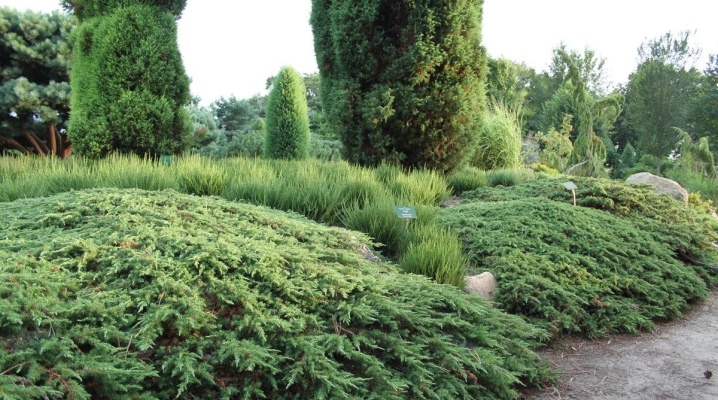
In garden plots, home gardens, in parks, you can find the Green Carpet juniper. This unpretentious and unusual plant is a coniferous shrub that organically fits into the landscape along with other plants. It is resistant to disease and able to grow for up to 200 years. This plant is often kept in mind when planning design projects.
Description
The central stem of the juniper is absent. When planting shoots, the root system can take root for up to a year, and only then the branches grow. If you cut off the sides, the plant can grow up to 30 cm in height. New shoots create layers that differ in color from the previous ones: from bluish smoky to light green. From the outside it looks very beautiful and unusual.
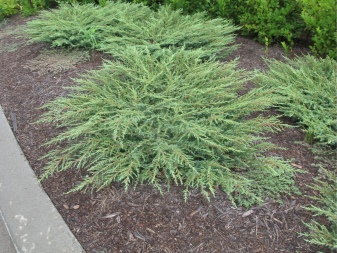
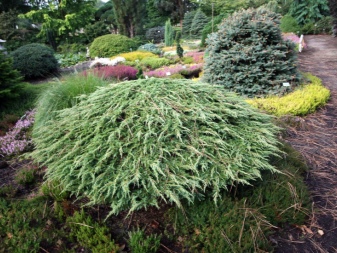
The plant's needles are soft and are rosettes. Cones of a bluish tint are covered with a bluish bloom. In young branches, the bark is red, and in an adult Green Carpet, it becomes brown. The formed ovaries do not crumble anymore. Juniper is a dwarf plant. With its low height, its growth per year is 8-15 cm. The plant reaches its largest diameter by 10 years of life - about 1.5 m. The common juniper Green Carpet does not require weeding, while it itself perfectly protects the areas from the growth of weeds.
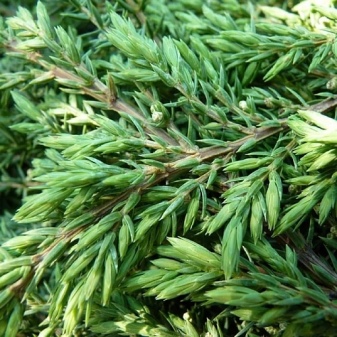
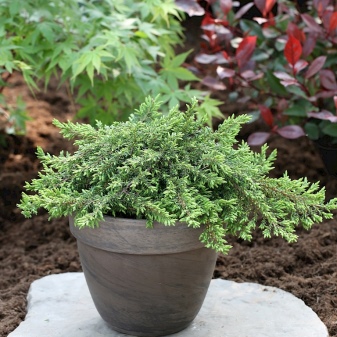
Landing features
Adult bushes are not transplanted, because horizontally spreading roots are easily damaged, and in most cases the juniper dies. Small one-year-old seedlings are suitable for planting.
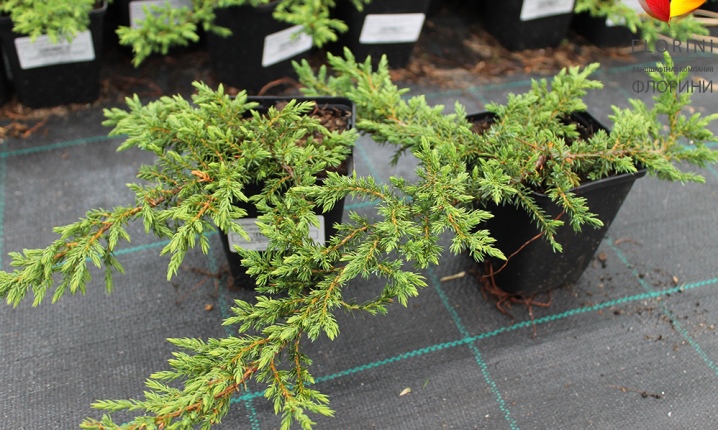
Site preparation
First, you need to calculate the distance between the bushes, taking into account their subsequent growth. The minimum is 0.5 meters. Plants grow well in soil with neutral or weak acidity.
Loamy and sandy loam soil with normal aeration is perfect for Green Carpet juniper.
It is desirable that the place be shaded and not be directly exposed to the sun. The plant should not be planted near water bodies and in soil with groundwater flowing in the surface layer - there is a risk of root rot. Although the juniper is resistant to low temperatures and drought, it can dry out and kill the shoots.
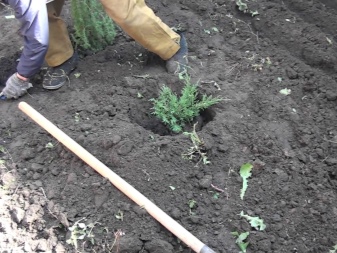
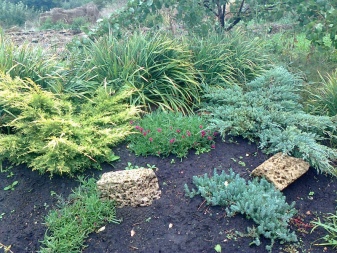
Sapling selection
When buying a Green Carpet, first of all pay attention to the condition of the roots. They must be solid, not deformed, not dry. They look at the needles: light areas, dry needles, branches with traces of rot indicate that the plant is sick and should not be bought. It is better to choose seedlings grown in specialized nurseries, where they are properly cared for.
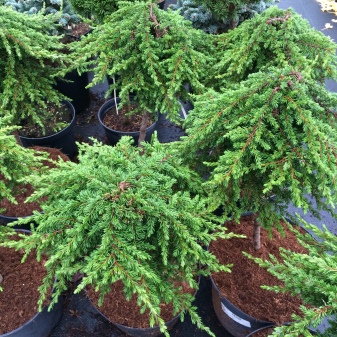

Planting stages
The dried, dead areas of the root system are removed from the plant, damaged shoots are cut off. The seedlings are placed in water for 2-3 hours. You can use growth stimulants:
- Kornevin;
- "Epin-extra";
- Fitosporin-M.
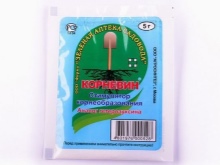
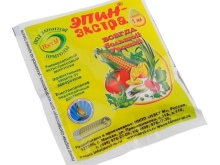
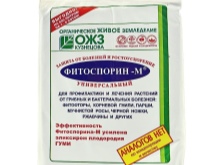
The optimal time of the year for planting is spring and autumn, as long as there is no threat of frost. It is better to work on the site in the morning or in the evening so that the sun's rays do not scorch the newly planted plant.
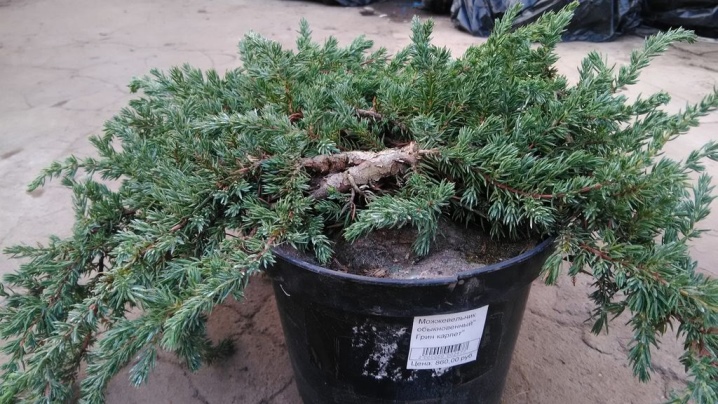
Planting a seedling is done in stages.
- A recess is being prepared in the ground with dimensions of 20x20x20 cm (they are adjusted depending on the volume of the root system). The roots should fit freely in the hole.
- A layer of rubble, pebbles or broken bricks is laid on the bottom. The drainage layer will prevent the roots from rotting with an excess of water and will provide its even access.
- The next layer: sand, peat, humus and earth. This mixture will provide mineral nutrition to the growing seedling.
- The juniper is located in the center of the fossa, the roots are gently straightened. The void around the trunk is filled with the remaining nutrient substrate. The soil under the plant is carefully compacted.
- Mulching is carried out: the land around the Green Carpet is sprinkled with sawdust or peat. To protect the plant from the first frost, this layer should be at least 7 cm in autumn. In regions with a severe cold climate, the soil is additionally covered with agrofibre or spruce branches.
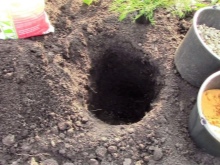
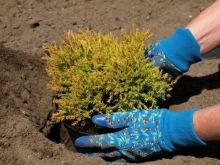
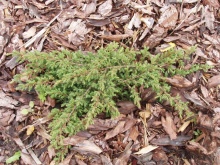
Care rules
If the juniper is not watered, not taken care of, then it will not die, but it will grow poorly.

Beautiful appearance, fast growth of shoots is the result of correct and systematic care.
- Within 2 years after planting, the plant is watered 2 times a week. After this time, the soil is moistened as it dries.
- Green Carpet does not need frequent mineral feeding. Enough 2-3 procedures per season. It can be a ready-made complex formula bought in a store or organic fertilizers.
- It is advisable to loosen the soil around the plant at least 2 times a month within 2 years after planting. The mulch layer is renewed every time.
- Preventive treatments for pests are carried out 2 times a year: in early spring and in the first decade of September. Insecticides and fungicides are used.
- At the same time, pruning of deformed branches with dried needles and overgrown shoots is performed. At the same time give the desired shape to the juniper.

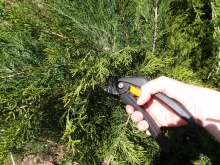
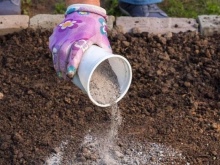
Reproduction
Most often, gardeners purchase ready-made planting material with a developed root system in stores. This saves time and effort. But if you wish, you can breed Green Carpet yourself with cuttings, layering and seeds.
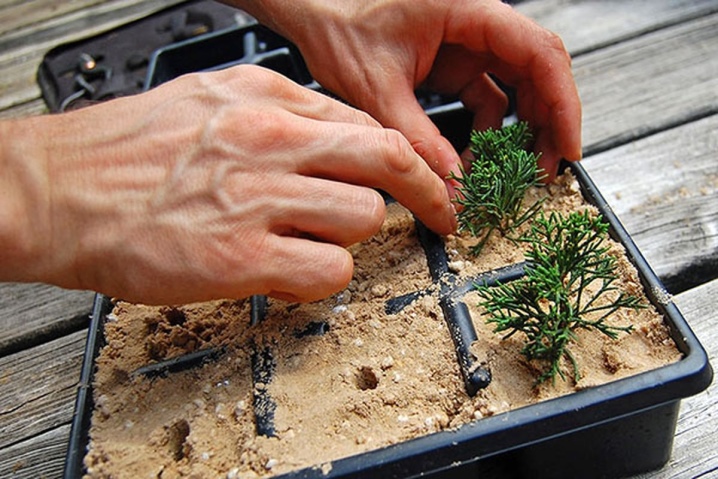
Layers
Young, only ripe shoots are selected on the bush. At a distance of about 20 cm from the top of the branch, the needles are removed. At this point, the layering is pressed against the previously loosened ground. A groove is made in it a little larger than the diameter of the branch and fertilized with a mixture of river sand and peat. The pressed layer is covered with soil and fixed with a wire or staple. The landing site is spilled abundantly with water.
You need to moisten the soil at least 2 times a week. Juniper should be spilled regularly. After about six months, the cuttings will take root. Sometimes the plant begins to take root only after a year. Fortified shoots are transplanted to another place carefully, trying not to damage the root system. To do this, it is better to dig a bush together with an earthen lump. The indentation for planting the plant should be about the same size.
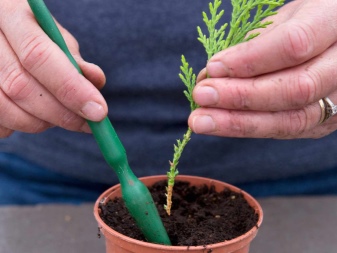
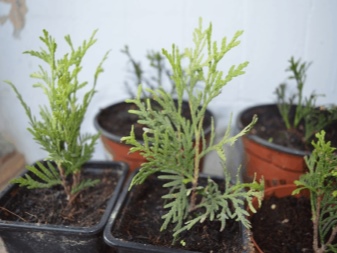
Cuttings
The seedlings are prepared in the spring. On the bush, young, strong shoots are selected, in which the bark has just begun to wood. The height of the branch is 6-8 cm. In this place it is broken off (it is better not to cut it), paying attention to the presence of internodes (there should be at least 2 of them). Roots will then develop from them. It is advisable to treat the lower parts with root stimulants. Cuttings are planted to a depth of no more than 2 cm. The soil in this place is spilled with water. The seedlings are covered with glass jars or cut plastic bottles. By the end of summer, they will already take root, but it is possible to plant plants in another place only after 2 years.
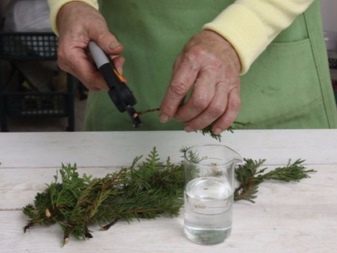
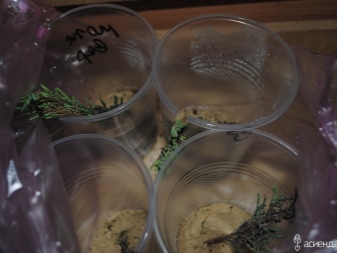
Diseases and pests
Bacteria are not the only cause of Green Carpet juniper diseases. The sun's rays and excess moisture negatively affect their condition.
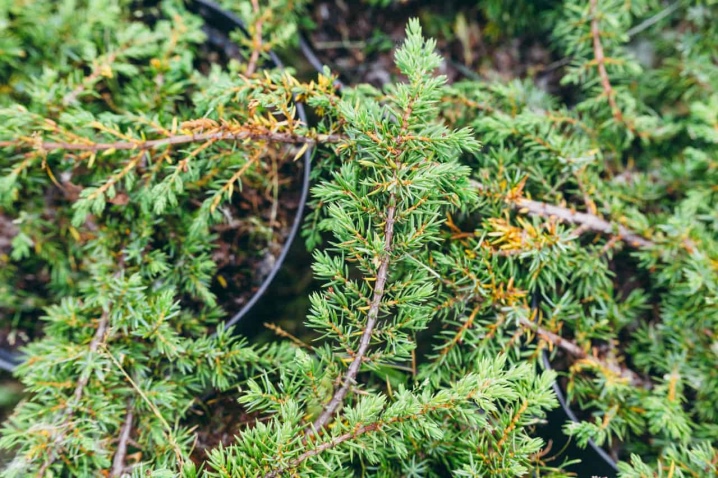
Sunburn
In late February and early March, the sun's rays become more intense. The light hits the juniper needles, accelerating the process of photosynthesis in the plant. Moisture is required for normal metabolism. There is still little of it in the frozen ground, so the juniper consumes the intercellular fluid, depriving the plant of juice. Branches, illuminated by the bright sun, begin to wither and dry.
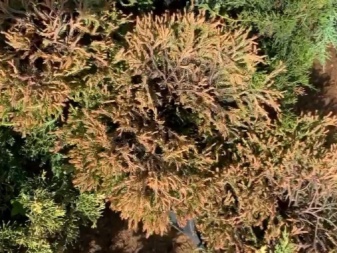
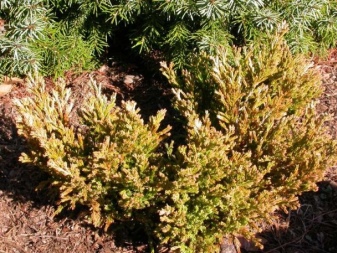
Rust
The disease is caused by basidiomycetes. Orange bumps appear on the bark. The substance contains oil and a pigment close to carotene. The disease develops gradually over several years. If the juniper is left untreated, it can die. The fungus has a complex development cycle: first, it develops on other plants (pear, apple, mountain ash, irga, hawthorn), and then, in the form of spores, it enters the Green Carpet.
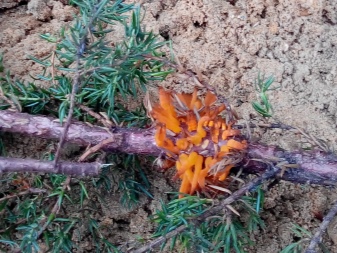
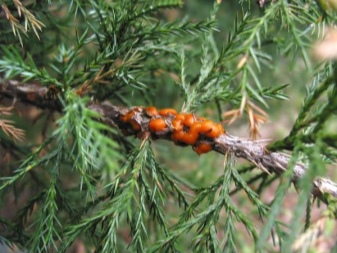
Tracheomycosis
Juniper is attacked by fungi of the genus Fusarium. This is due to an excess of moisture in the rainy season or when choosing a landing site near water bodies. The fungus attacks the root system first. The roots turn brown, then become covered with a gray coating. This is the mycelium of the fungus, which grows inside the plant, clogs the "vessels" of the juniper. He stops getting nutrients from the roots. The tops of the shoots become reddish. First, individual branches die, and then the plant itself.
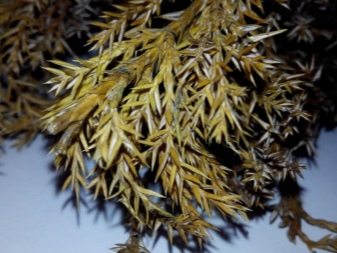
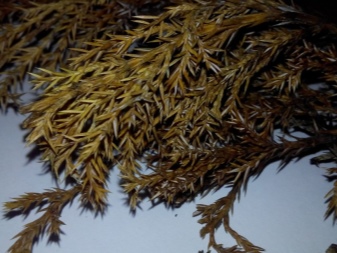
Schütte brown
Translated from the German language, “schütte” means “to crumble”. Weakened shrubs are susceptible to disease. They lose their immunity and become easy prey for the pathogen. At the beginning of summer, gardeners pay attention to the fact that the needles of the shrub turn brown and fall off strongly. On the remaining needles, by the end of summer, spores are formed in the form of rounded or elliptical bodies up to 1.5 mm in size. Favorable conditions for the development of this type of fungus are shaded areas and excess moisture.
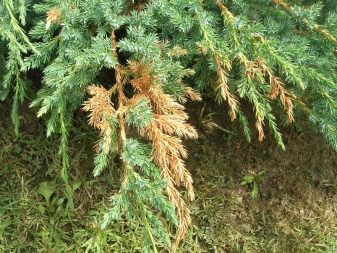
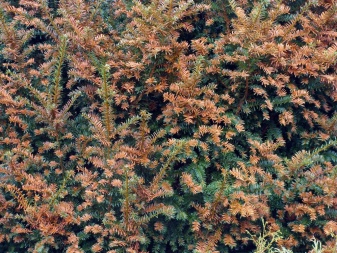
Use in landscape design
Thanks to the dense, soft, covering the ground like a carpet, Green Carpet needles are actively used for bold design decisions. In addition to the fact that the plant decorates the site, it holds the soil in this place with its tenacious roots creeping in the surface layers of the soil. It is planted on slopes, hillocks, alpine hills, which retain their original shape.

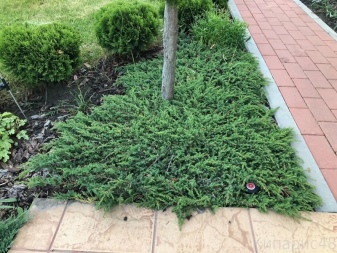
Tall conifers (spruce, pine, fir) have a different shade of needles, so the Green Carpet in the foreground looks very picturesque, creating bright spots and not blocking the panorama of the beautiful place. In parks among shrubs and flowers, several juniper “caps” “dilute” the picture with green transitions, and against their background the plants look brighter and more harmonious. By planting Green Carpet along curbs, gardeners achieve a beautiful external effect when juniper branches hang from the fences.
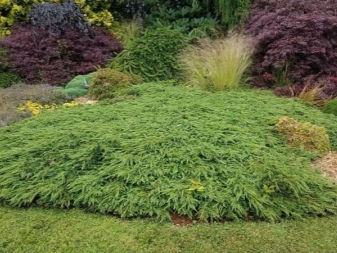
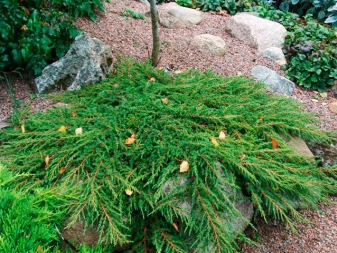
A very good solution: planting plants along the paths lined with stones. They hide the severity and severity of the landscape, turning the site into a romantic beautiful corner. A wooden carved bench with a backrest and semicircular armrests, varnished, fits perfectly into this picture. Some gardeners plant Green Carpet in wide pots that can be moved around the site. Or they even manage to decorate balconies and loggias with it.
This beautiful plant does not lose its popularity due to its ease of cultivation, undemanding care and beautiful appearance. It is pleasant to look at the green carpets in the garden in the autumn, when the leaves begin to fall from the trees and the flowers wither. There remains a feeling of summer and life, which does not care about cold and winter blizzards.
All about the cultivation and care of the common juniper "Green Carpet" in the video below.



































































The comment was sent successfully.